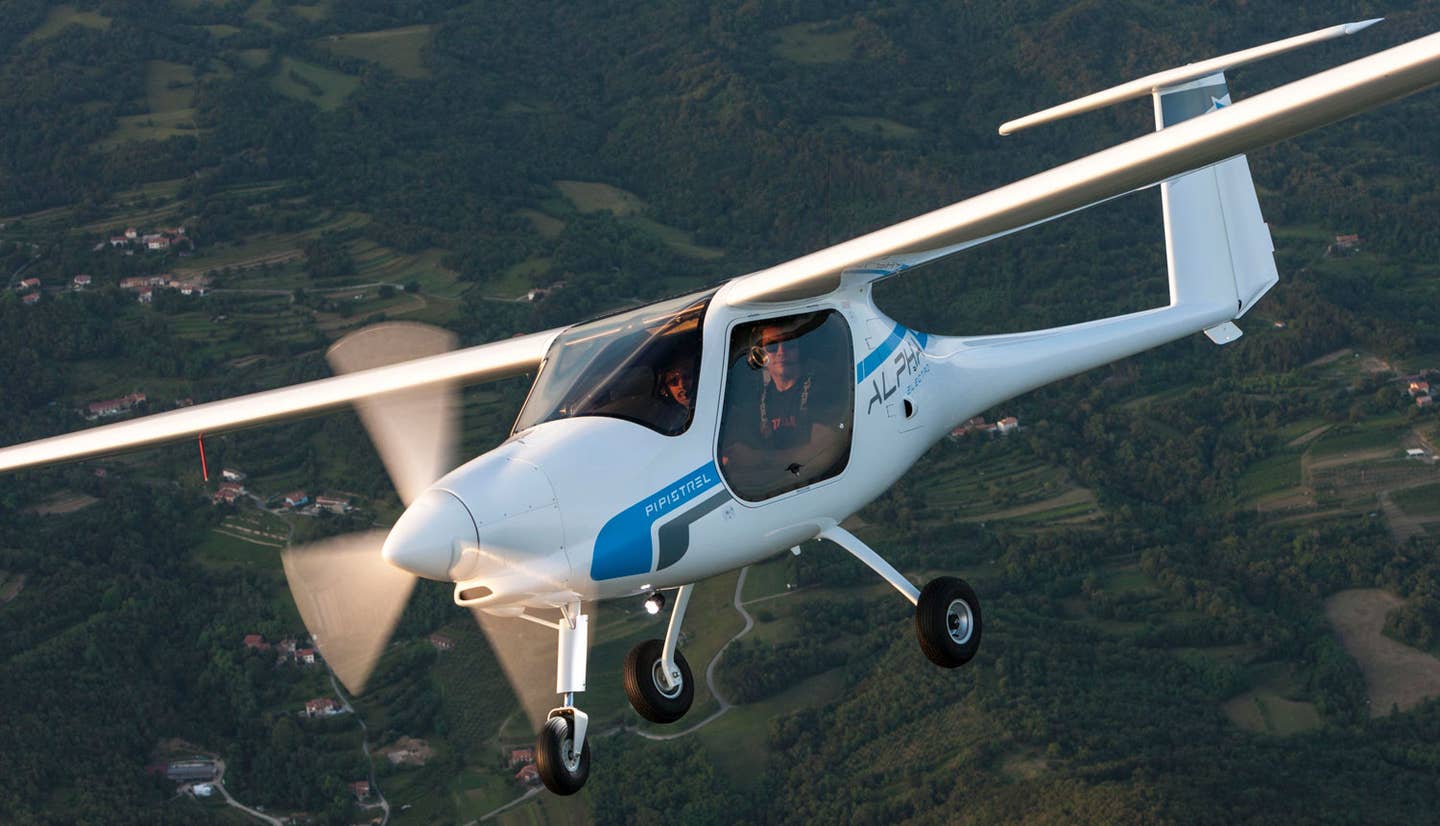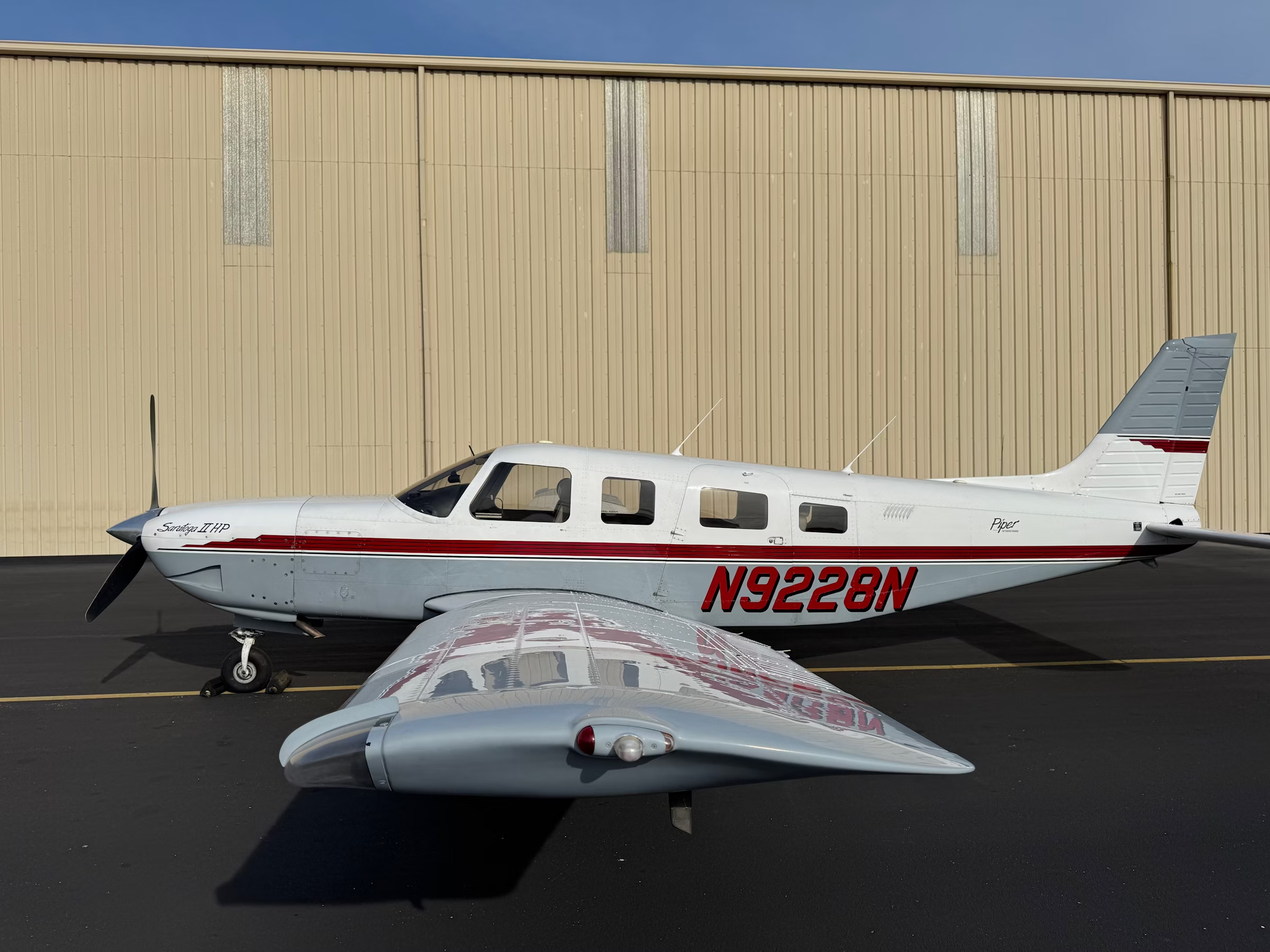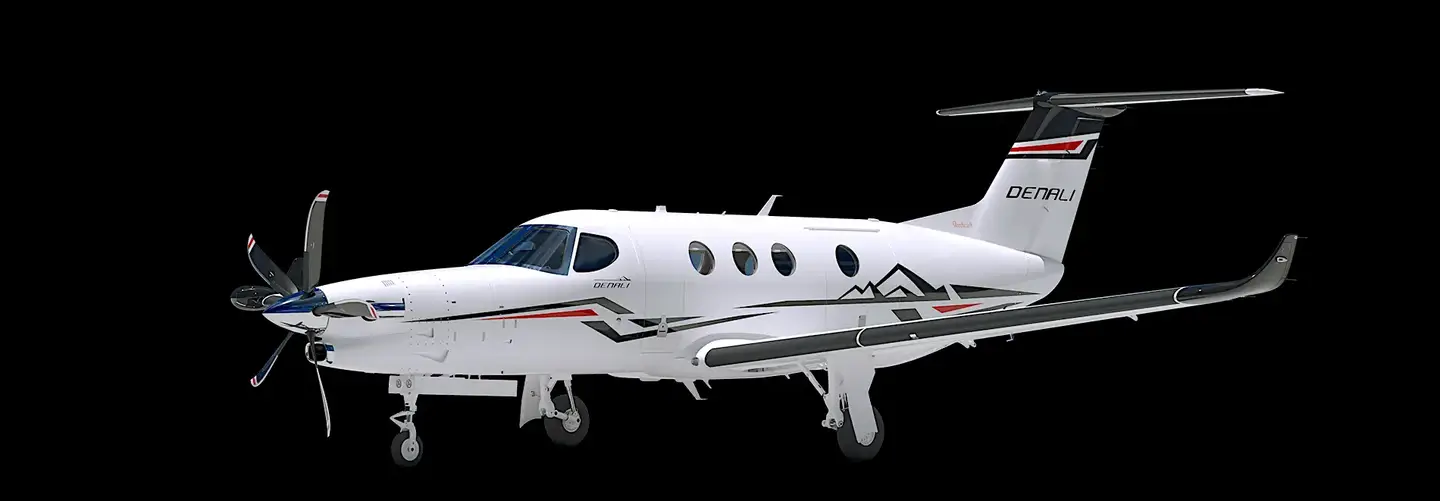
Photo by Bo Ryan|
There is a magic number associated with every airplane — a number referred to as time between overhauls, or TBO for short.
TBO is the number of hours the engine manufacturer expects you can operate the engine before it needs to be taken apart and have components replaced or repaired. The number varies from engine to engine, but is generally around 2,000 hours, give or take a few hundred hours. Some owners operate their engines hundreds of hours past TBO with no ill effects. More often, however, the opposite is true. The trick is to figure out how to be one of the lucky few who make it to TBO or beyond.
The cost of a complete engine overhaul is significant, ranging from about $15,000 for a small four-cylinder engine to around $45,000 for a six-cylinder turbocharged engine, said president of Nevada Aircraft Engine LLC Dennis Malone. Even lacking the need for a total teardown, replacing one or two cylinders is an expensive proposition.
Malone, who has been overhauling engines for about 30 years, claims that less than 10 percent of the engines he sees have reached TBO, a dismal number he attributes to owners not flying enough. Engine manufacturers recognize frequency of flight as a big contributor to engine health. In fact, Lycoming adds 200 hours to the recommended TBO for many engines if they consistently run more than 40 hours per month.
Unlike airworthiness directives issued by the FAA, TBO is only a recommended time set by service bulletins and letters from engine manufacturers. These documents are not mandatory reading, and some people believe that overhauling an engine before the process is necessary is a waste of money.
Critical cylinder head temperatures can be managed by leaning or enriching the mixture. Great controversy surrounds the question of whether to run lean or rich of peak.|
One such believer is Mike Busch, A&P/IA, CFIA/I/ME and CEO of Savvy Aircraft Maintenance Management, which provides professional maintenance services for approximately 500 airplanes. Busch has owned a twin Cessna 310 for the past 25 years. “That airplane has two Continental TSIO-520s that are presently at about 205 percent of TBO and still doing fine,” Busch says. More than 30 years and 4,700 flight hours have passed since the 310 first left the Cessna factory in Wichita, and nine of the 12 cylinders are original and still in airworthy condition. “I’m a very strong believer in the practice of doing maintenance strictly on condition and basically disregarding manufacturer-specified TBO and replacement times for which compliance is not required by regulation,” Busch says.
The philosophy of Steve Palmatier, director of product support and customer service at Lycoming, is quite the opposite. “It’s much easier to keep a brand-new cylinder happy than it is to keep one that has 2,000 or 4,000 hours on it happy.”
While many operators prefer to stick with manufacturers’ recommendations, there are many things you can do as an owner or operator to prevent problems with your piston engine and, at a minimum, improve your chances of delaying the expense of an overhaul until the engine reaches the magic TBO number. A key engine component that can take a beating is the cylinder, where the combustion occurs and where great temperature ranges can wreak havoc on the parts. Here are some steps you can take to keep your cylinders functioning at their best for longer.
MANAGE CHT
While there is a lot of controversy about how to best maintain cylinders, one aspect professionals in the field seem to agree on is the importance of controlling cylinder head temperatures. You can manage the CHT by increasing or decreasing the power and/or changing the fuel-air blend by leaning or enriching the mixture. The question of where that setting should be is a lot more contentious.
GAMIjector fuel injectors are designed to help engine cylinders reach peak EGT at the same time, which more predictably maintains their health.|
While many believe that setting the mixture on the rich side of the peak exhaust gas temperature keeps the engine cool, there is a lot more debate about running lean of peak. “By operating the mixture on the lean side of peak EGT, the cylinders run cooler, the engine runs cleaner and the cylinders have lower internal cylinder pressure, all of which are good things,” said John-Paul Townsend, sales and technical support manager at General Aviation Modifications Inc. Another benefit of lean-of-peak operation is a lower fuel burn, in some cases about 50 percent lower than rich-of-peak numbers.
But in order to run lean of peak, Townsend stresses the importance of each cylinder reaching peak EGT around the same time, which the company’s GAMIjector fuel injectors are designed to do. The mixture has to be set such that the EGT stays out of what Townsend refers to as the “red box,” a temperature spread around the peak that expands as the power increases. The temperature needs to be either richer or leaner than that red box.
Malone, however, believes that operators can get themselves into trouble by running their engines lean of peak. “It seems that they have the data to back it up, but it seems to cook the valves and the guides, which seems to wear out the cylinders a lot quicker,” he said.
Whether you decide to operate the engine lean or rich of peak, maintaining cylinder head temperatures is key. “Historically, cylinders which continuously operate at higher CHTs, say, 400 degrees Fahrenheit and above, for long periods, will tend to need mechanical attention before cylinders that run in the 360s or 380s,” Townsend said.
While controlling the cylinder temps is critical, it is equally important to avoid excessive cooling. “We recommend that the cylinder temperature change not exceed 50 degrees Fahrenheit per minute,” said Geoff Kisch, manager of production support at Lycoming. “If you rapidly cool that cylinder, it squeezes down on the piston and we can see all sorts of problems.” This is what is commonly referred to as shock cooling.
But the worst-case scenario may be preignition, which can cause the CHT to run away pretty quickly. “Typically, from the time the cylinder head temperature exceeds 400 degrees to the time the cylinder is destroyed — usually because the piston melted — is somewhere between one and two minutes,” Busch said. This is where a good engine monitoring system is critical.
Engine cylinders must be treated properly in order for the engine to reach TBO.|
MONITOR THE ENGINE
In order to control the critical CHT numbers, you need to be able to track them. Without CHT gauges, pilots simply lean the mixture until the engine begins to sputter, and then add a few twists on the mixture control, hoping it is set in the sweet spot for the current conditions. While basic CHT gauges help a little, they have limitations. “They would sometimes be off by as much as 50 degrees,” Busch said. They also only monitor one cylinder.
With today’s electronic monitoring gauges, the science is a lot more precise. We can now observe the temperature of each cylinder and make sure it stays within the recommended guidelines. But with preignition, monitoring the gauges is likely insufficient, since the damage can be done so quickly. Fortunately, many supplemental systems include alerts, which the user can program for a set temperature, generally somewhere below 400 degrees. However, for systems that replace primary engine instruments, Busch says the FAA has been requiring the manufacturer to hard-wire the alert to the CHT redline, at which point the damage is likely already done. Some manufacturers are working with the FAA to allow a yellow alert for primary systems at a user-selected temperature.
** Engine monitoring systems are arguably even more important for simpler engines, such as this four-cylinder Lycoming, since they have less redundancy.**|
You may think that engine monitoring systems are only for complex airplanes, but Busch argues they are even more critical for simpler ones. “If I’m flying in my 12-cylinder twin and a cylinder fails catastrophically, I cage one engine and continue the flight. If the same thing happens in a six-cylinder Bonanza, the pilot lands at the nearest airport and changes his underwear. If it happens in a four-cylinder Skyhawk, the airplane will very likely wind up landing on a road or in a farm field. Which one do you think needs good engine instrumentation the most?” he said.
If you find, through monitoring, that the range of CHT is wide between the cylinders, there are some steps you can take. If the problem can’t be fixed by calibrating the fuel injectors, you may need to have the engine baffling modified to allow better airflow or have modifications done to bring more cool air to the cylinders that run the hottest.
LUBRICATE
Lubrication is as important as running the right temperature when it comes to maintaining cylinder health. While you may be familiar with the 25-hour recommendation for oil changes in engines with an oil screen and the 50-hour recommendation for those with a spin-on oil filter, Lycoming also recommends that the oil be changed after four months if the hour limit isn’t reached. “Part of that is because the acid accumulation in the oil and moisture content will build up and eat away at the engine and cause corrosion,” Kisch said.
You may want to carefully consider which oil you put in. Continental and Lycoming both have a laundry list of ashless dispersant oils that meet SAE specification J-1899 and, as such, are acceptable choices.
Busch, on the other hand, strongly opposes semi-synthetic oils. “The problem with Aeroshell 15W-50 is that it’s half synthetic oil, called polyalphaolefin (PAO), which works great in cars because they run on unleaded gas but is a disaster in airplanes because we use leaded avgas,” he said. Busch recommends using a good single-grade oil, such as Aeroshell W100. For operators in cold environments, which require a multigrade oil, Phillips 20W50 (which has no synthetics) is his choice.
There are also some additives you may want to consider including in your regular maintenance. Busch likes ASL CamGuard, and recommends adding a pint after each oil change for corrosion protection. However, be careful what you put into your engine. With the exception of isopropyl alcohol and ethylene glycol monomethyl ether, Continental says it does “not recommend the use of additives or concentrates” in any of its aircraft engines, and the company warns that doing so may void the engine warranty.
Tracking how many hours you fly on each quart can help you quickly detect issues. “Typically, once the engine is broken in, that oil consumption will stabilize. A rise in oil consumption could indicate a problem with the engine and would warrant further investigation,” Kisch said.
FLY REGULARLY
Ahealthy engine requires frequent use. The general consensus is that you need to fly at least once a month. While some people believe it’s sufficient to pull the airplane out of the hangar, start it up and run it for a few minutes, this can actually be detrimental. “The engine can’t get up to temperature on the ground, and all that moisture that was created during that ground run simply stays in the engine,” Palmatier said. Lycoming recommends flying a minimum of one hour, not including taxi, takeoff and landing, at oil temperatures between 165 and 200 degrees.
If the airplane is going to be parked for more than a month, you may want to consider “pickling” the engine, which basically means going through a step-by-step procedure laid out by the manufacturer. “If you pickle the engine, you can let it sit for a year or two and nothing bad will happen to it,” Busch said.
The most important step in ensuring engine health may be to simply pay attention. If you notice anything unusual — a strange noise or roughness during a magneto check — have a mechanic look at the engine as soon as possible. If you allow an issue to progress, you’re likely to have to ship that engine off on a very expensive vacation to the overhaul shop.

Sign-up for newsletters & special offers!
Get the latest FLYING stories & special offers delivered directly to your inbox






